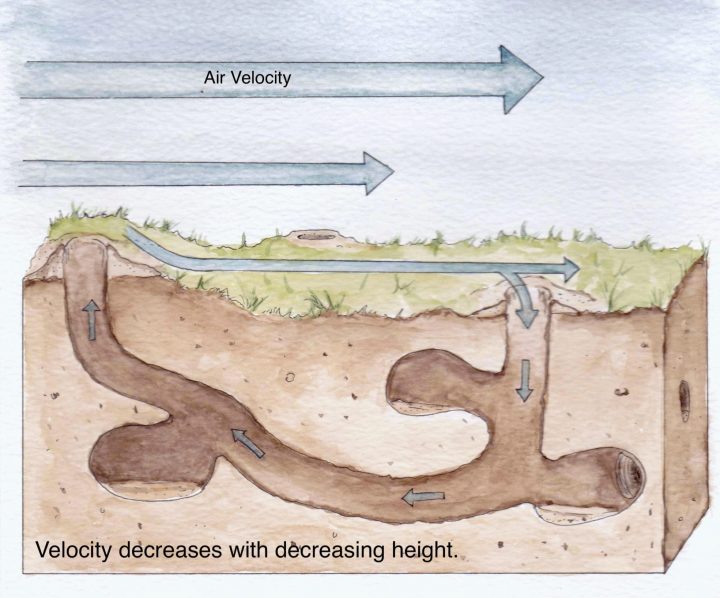this post was submitted on 12 May 2025
150 points (99.3% liked)
Tan Eggs
638 readers
2 users here now
"When I'm a small prey mammal and I've evolved to survive the barren rocky landscape by optimizing into a tan egg"
For posts about animals that loosely fit the description above. While the animal does not have to hit all the requirements, it should hit some of them:
- Type: Prey
- Class: Mammalia (mammal)
- Habitat: Barren rocky landscape
- Appearance: Similar to a tan egg
Origin:
- Screenshot over on [email protected]
- Tumblr post
founded 6 months ago
MODERATORS
you are viewing a single comment's thread
view the rest of the comments
view the rest of the comments
